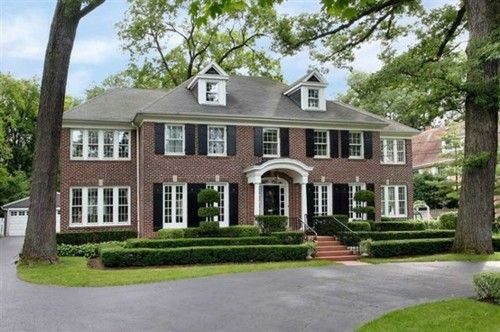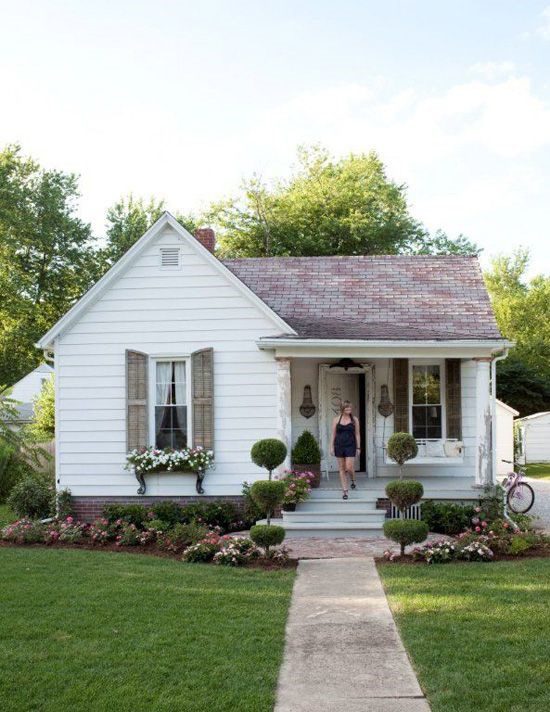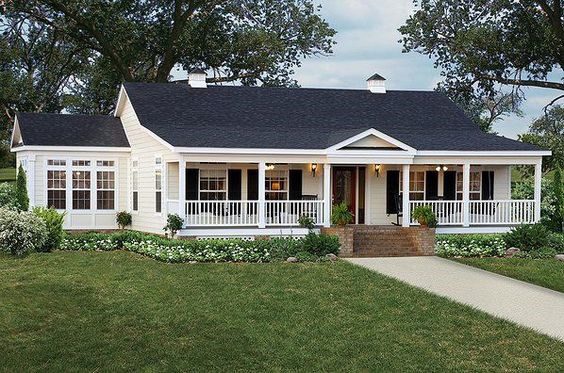Matching Your Home’s Landscape to its Architecture
When it comes to your home, it’s important to unify the architecture to the landscape. The two should complement each other to make the aesthetics pleasing and emulate patterns and colors. When deciding which way to go with landscaping, pay attention to the colors and design of the home, the symmetric or asymmetric design, and the style. The style, color, and design of the architecture should reflect the design, color, and style of the landscape. Pieces of the landscape should bring out the obscurities of the architectural design. It all depends on three things. Particularly in Lubbock, the main house styles are federal, ranch, and arts and crafts.
Federal-Style Homes
For a more formal and symmetrical style home, federal-style homes usually include symmetric lines, topiaries, and pockets of flowers. The important thing to consider when working on a federal home is that this design is symmetrical, but includes delicate, grand embellishments. Therefore, it is imperative not to outshine the beauty of the architecture in the landscape. This design is timeless and classic, so the lawn should match this theme. While the yard should look full and complete, it is not necessary to overdo the architecture with whimsical and overpowering plants. Use shrubs, pavers, and emphasize the front door or other colors of the house with swathes of spirea, hydrangeas or other perennials. Also, employing flowing curves throughout the landscape of a colonial home allows the landscape design to look less harsh next to the sharp architectural lines.

Ranch Style Homes
Ranch style homes have quite the opposite aesthetic. This particular style has simple design lines, a contemporary style and usually a single storey home. Landscaping for this style should combine some unique structures and feature low growing plants. A ranch style yard needs simple but exciting landscaping to add dimension and beauty to contemporary architecture. It’s important to balance the horizontal lines in the architecture with low plants such as holy, forsythia or hydrangea shrubs. To enhance the simplicity of the design, arrange plants in a curved manner to add depth and curb appeal. Flower beds are also a good idea to offer diversity. Tall trees add privacy and dimension. Other options for the privacy aspect is a wooden fence to match the design of the home or tall plants to bring shade and height. Ornamental grasses can add texture as well as beauty to the landscaping of a ranch style home.
Craftsman Style Homes
Lastly, craftsman style homes have been around since the late 19th century, so it’s safe to say these are a little more old-fashioned. They emphasize on detail and have a melodious feel to the architecture. Arts and crafts style homes have distinctive color combinations without looking ill-fitting, so it is essential to do the same when designing the landscape. Simple plants with a natural form, garden borders, and stone pathways actually evoke the craftsman style. Garden furnishings and details such as gates and rustic benches are ideal as well. Shrubs at the corners of the house soften sharp angles, and a variety of plants make the home beautiful year round. In the early 1900s, perennial flower gardens were notably popular with craftsman homes. Bugloss, lilies, and irises complement the structure and architectural design, while adding a tasteful touch to the aesthetics.

Whether designing a brand-new landscape or touching up a yard, it is important to keep the architectural design and feel of the home in mind. Unifying the home and landscape design will allow your property to meet its maximum curb appeal potential.








